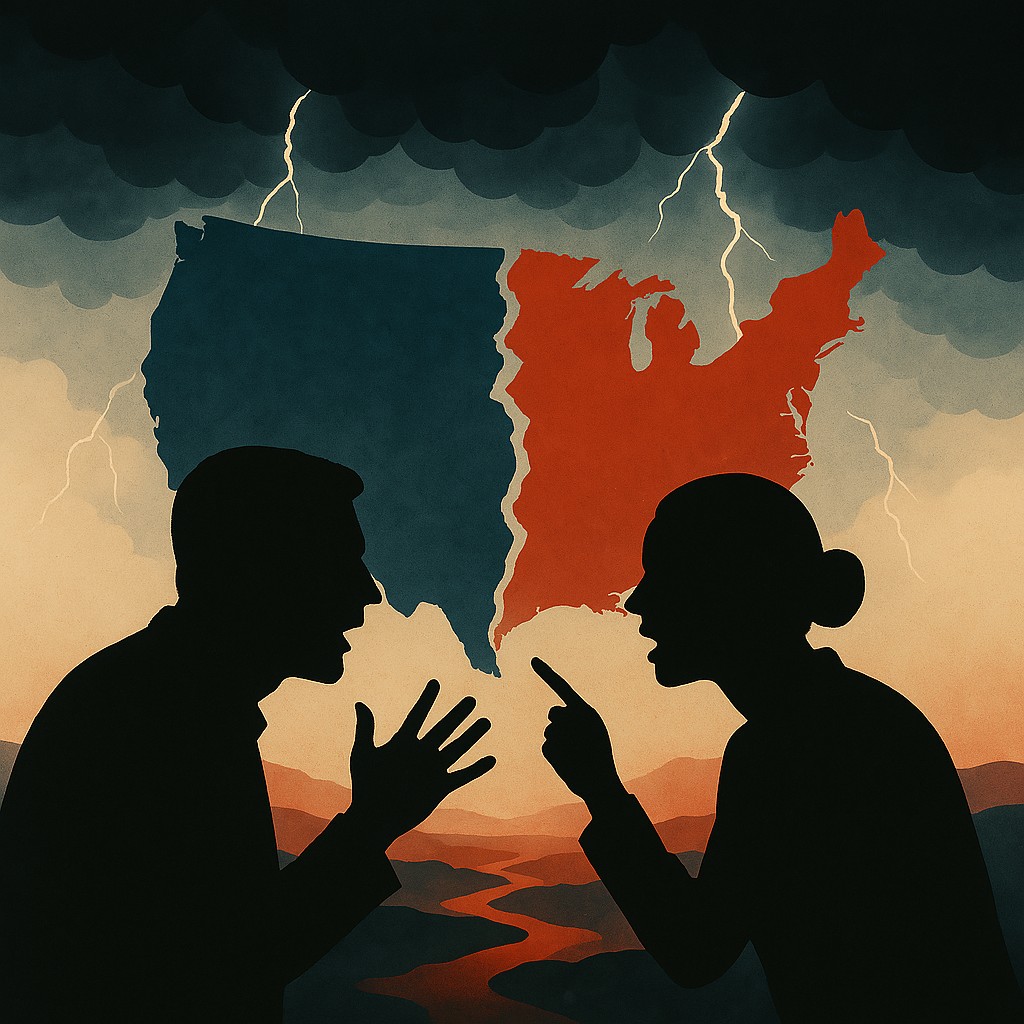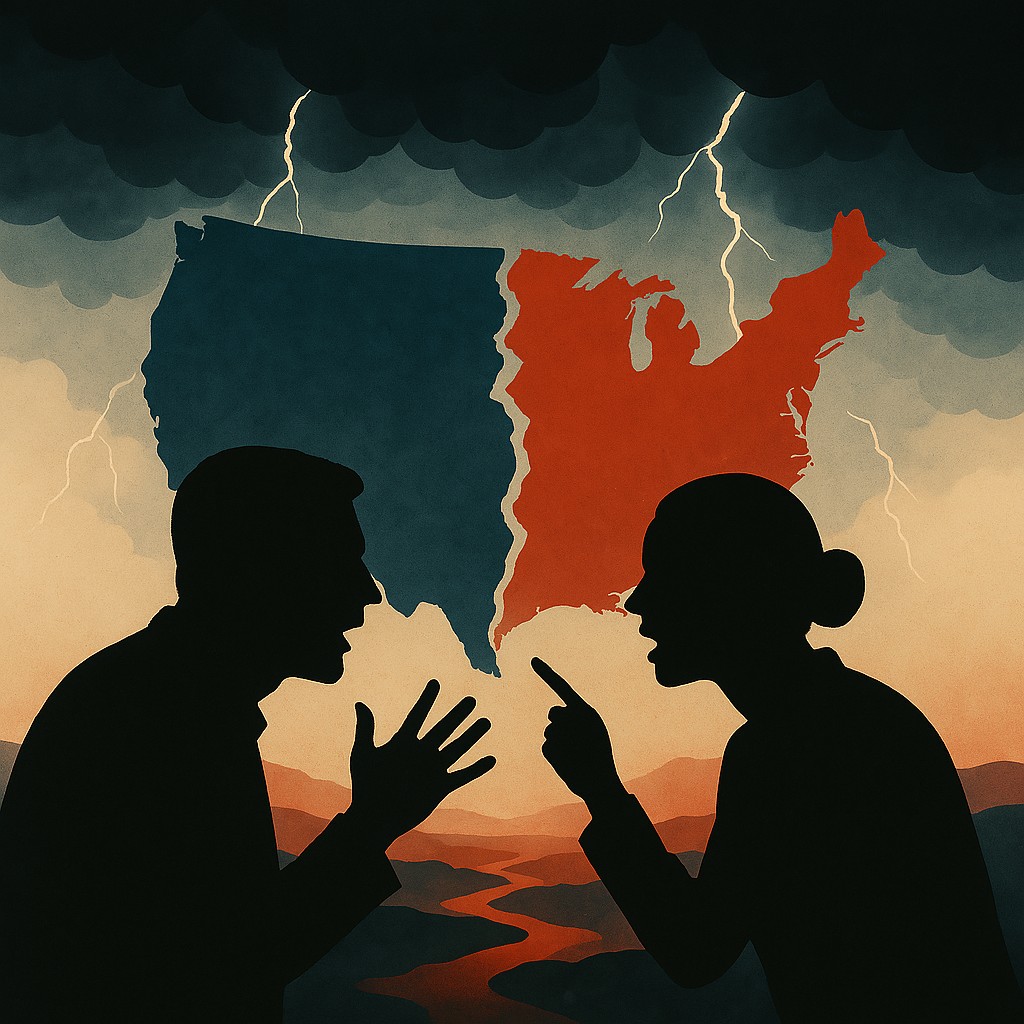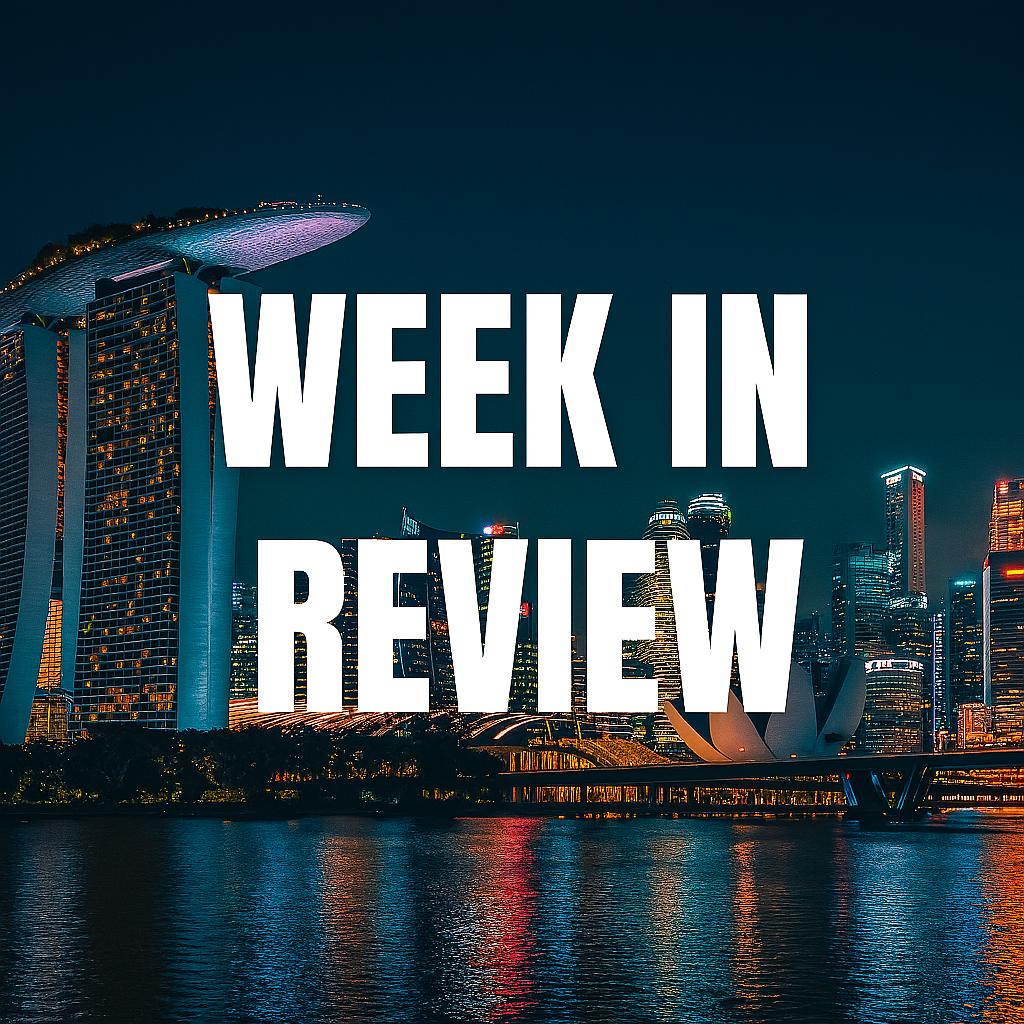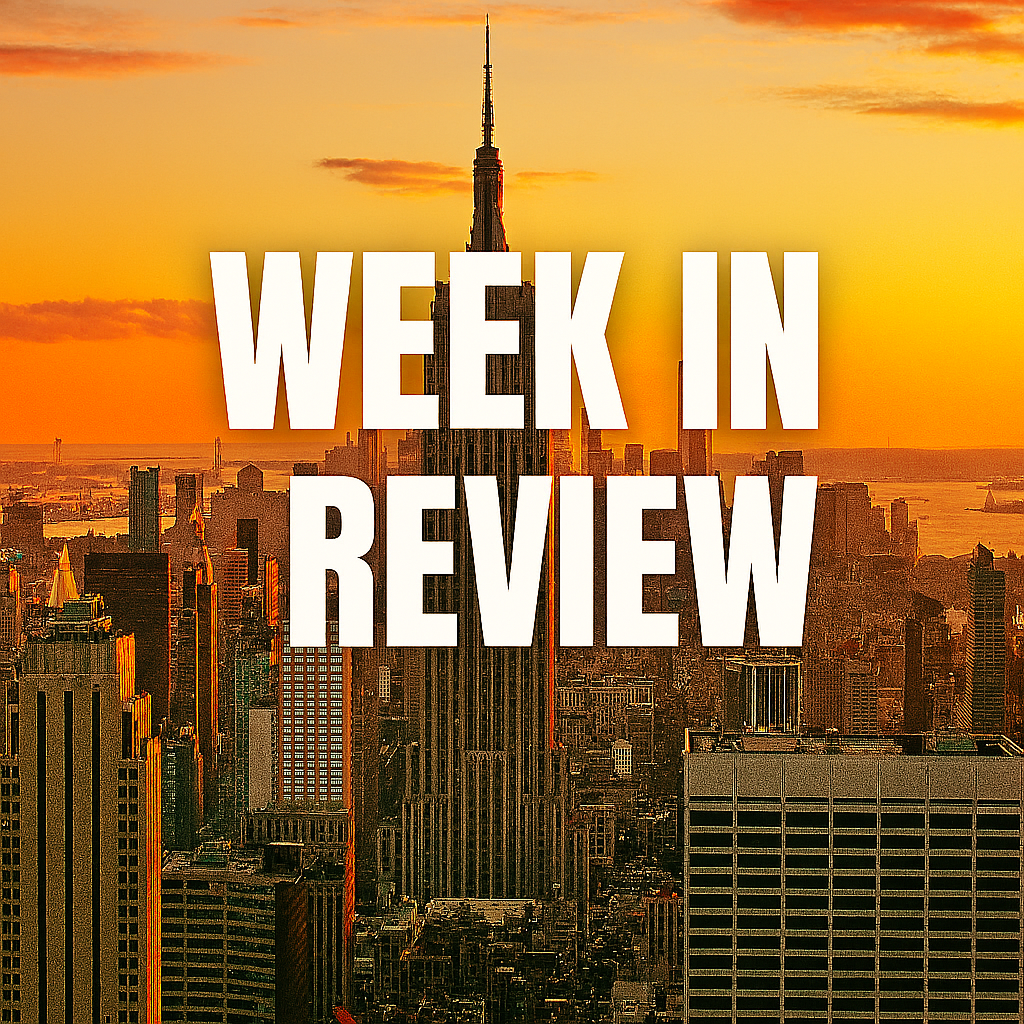
The United States is facing unprecedented political and social turmoil, leading many to ask: Are we on the brink of a new Civil War? While the country is not experiencing an organized military conflict, ideological battles, violent protests, media manipulation, and foreign influence suggest that America is embroiled in a growing war—one fought not with armies but with narratives, policies, and street-level unrest. The role of the left in fueling these divisions cannot be overlooked, as progressive activists, billionaire donors, media bias, and foreign actors continue to shape the nation’s instability.
Left-Wing Activism and Organized Unrest
Over the past several years, left-leaning activist movements have played a significant role in shaping social and political discourse, often advocating for progressive policies while mobilizing protests and demonstrations. While many of these movements are focused on peaceful activism, multiple instances have shown that widespread unrest, violence, and property destruction often accompany their demonstrations.
One of the most notable events was the George Floyd protests, which erupted following his death in police custody. These protests, initially driven by concerns over racial justice and police reform, led to months of demonstrations, many of which turned violent. The Black Lives Matter (BLM) movement gained massive traction, but amid calls for justice, riots broke out in several cities, causing billions of dollars in damage. Businesses were looted, federal buildings were attacked, and entire sections of cities were burned. Despite these incidents, mainstream media continued to label the protests as mostly peaceful, a phrase widely criticized as misleading, given the destruction.
Additionally, Antifa, a loosely organized far-left group, has been involved in confrontational activism, frequently clashing with law enforcement and right-wing groups. Some of their tactics include property destruction and violent demonstrations, with members often masked to avoid identification. They played a prominent role in riots during the same period, particularly in cities like Portland and Seattle, where months-long unrest led to sustained damage and assaults on government buildings.
The “Summer of Love,” a term ironically coined by Seattle’s mayor, referred to the period when protesters occupied downtown Seattle and established the Capitol Hill Autonomous Zone (CHAZ). This occupation was promoted as a peaceful experiment, but in reality, it saw rising crime, lawlessness, and several violent incidents, including shootings within the occupied area. The reluctance of local leaders to intervene only escalated the problems, leaving businesses and residents trapped in a chaotic environment.
More recently, immigration-related protests have turned into riots, particularly in response to border enforcement policies. Some demonstrations have resulted in clashes with law enforcement, vandalism of federal buildings, and disruptions of public infrastructure. The activism surrounding immigration policy is deeply divisive, with critics arguing that lenient policies encourage mass migration and strain public resources. At the same time, supporters advocate for humanitarian protections for migrants, even if they broke the law.
These examples highlight a broader trend: left-leaning activist movements often carry legitimate concerns and calls for social change, but they also contribute to civil unrest, rioting, and destruction. The media’s selective reporting on these events further deepens the divide, often sanitizing violent outbreaks or shifting blame away from activists. As these movements continue to shape policy and public perception, their long-term impact on societal stability remains a crucial question.
Billionaire Donors and Political Influence
Funding plays a crucial role in sustaining activism, and several left-wing billionaires and Democratic mega-donors have been accused of backing protests, social justice initiatives, and media campaigns that shape public discourse. While supporters argue that this funding strengthens democracy, critics believe it serves as a destabilizing force, fueling riots and undermining law enforcement. The influence of wealthy individuals in politics—on both sides—is undeniable, but the scale of left-wing financial backing has raised concerns about its ultimate objectives.
One of the most notable figures in left-wing political funding is Pierre Omidyar, the billionaire founder of eBay. Omidyar has funneled significant resources into progressive causes, funding organizations that influence elections, media narratives, and activist movements. His contributions have helped shape the political landscape, particularly in areas related to social justice and election reform.
Another major donor is Michael Bloomberg, the former mayor of New York City and media mogul. Bloomberg has donated tens of millions to Democratic campaigns and progressive initiatives, including gun control advocacy and climate change policies. His financial influence extends beyond elections, as his media empire plays a role in shaping public perception.
Dustin Moskovitz, co-founder of Facebook, has also emerged as a significant Democratic donor, contributing large sums to left-leaning political action committees and advocacy groups. His funding supports progressive candidates and policies, particularly in areas related to technology and social justice.
Reid Hoffman, co-founder of LinkedIn, has been another key player in Democratic funding. Hoffman has backed numerous progressive initiatives, including efforts to counter conservative narratives and influence digital media spaces. His contributions have helped shape online discourse and political engagement.
These billionaires, among others, play a crucial role in financing activism and shaping political narratives. While their supporters argue that their funding promotes democracy and social change, critics contend that it exacerbates division, fuels unrest, and manipulates public perception. The question remains: Is this financial influence driving genuine progress, or is it contributing to the erosion of institutional trust and national stability?
Media Bias and Narrative Control
The mainstream media play a central role in shaping perceptions, yet many major outlets have adopted overt partisan biases. Coverage of protests and riots has often framed events in favor of left-leaning activists, minimizing violent incidents while amplifying progressive narratives. The phrase mostly peaceful protests is a perfect example of misleading reporting, as it has been used to describe demonstrations that involved arson, looting, and assaults. The selective reporting on these events deepens public distrust, as ideological bias outweighs objective truth.
Foreign Influence: China and Mexico
Beyond domestic factors, foreign governments have played a role in shaping American instability. China, with its deep economic and corporate ties, has been accused of manipulating narratives and exerting influence through media and business interests. The weakening of American institutions benefits China’s global strategy, as internal divisions diminish the nation’s strength on the world stage.
Mexico’s policies regarding immigration also contribute to unrest. The country’s approach to border control has resulted in a crisis that burdens American cities, as uncontrolled migration leads to overcrowded shelters, financial strain, and increased crime. While humanitarian concerns must be acknowledged, the role of Mexico’s leadership in this crisis cannot be ignored.
The Erosion of Institutional Trust
Perhaps the most dangerous aspect of America’s growing divide is the erosion of trust in institutions. Citizens are increasingly distrustful of the government, media, and even activist movements, as political bias and misinformation overshadow truthful discourse. The collapse of objective reporting and civil debate has created an environment where radicalized narratives replace rational discussions.
Is America Heading Toward Civil War?
While the U.S. is not facing open warfare, its internal battles suggest an ongoing struggle, one defined by ideological, cultural, and societal fractures. The real question is: Are these divisions being stoked intentionally, and if so, to what end? If polarization continues unchecked, could the country reach a point where ideological conflict escalates into widespread violence? Is that happening now? Restoring trust, truth, and civil discourse may be the only way to prevent America’s growing divide from becoming irreversible.




